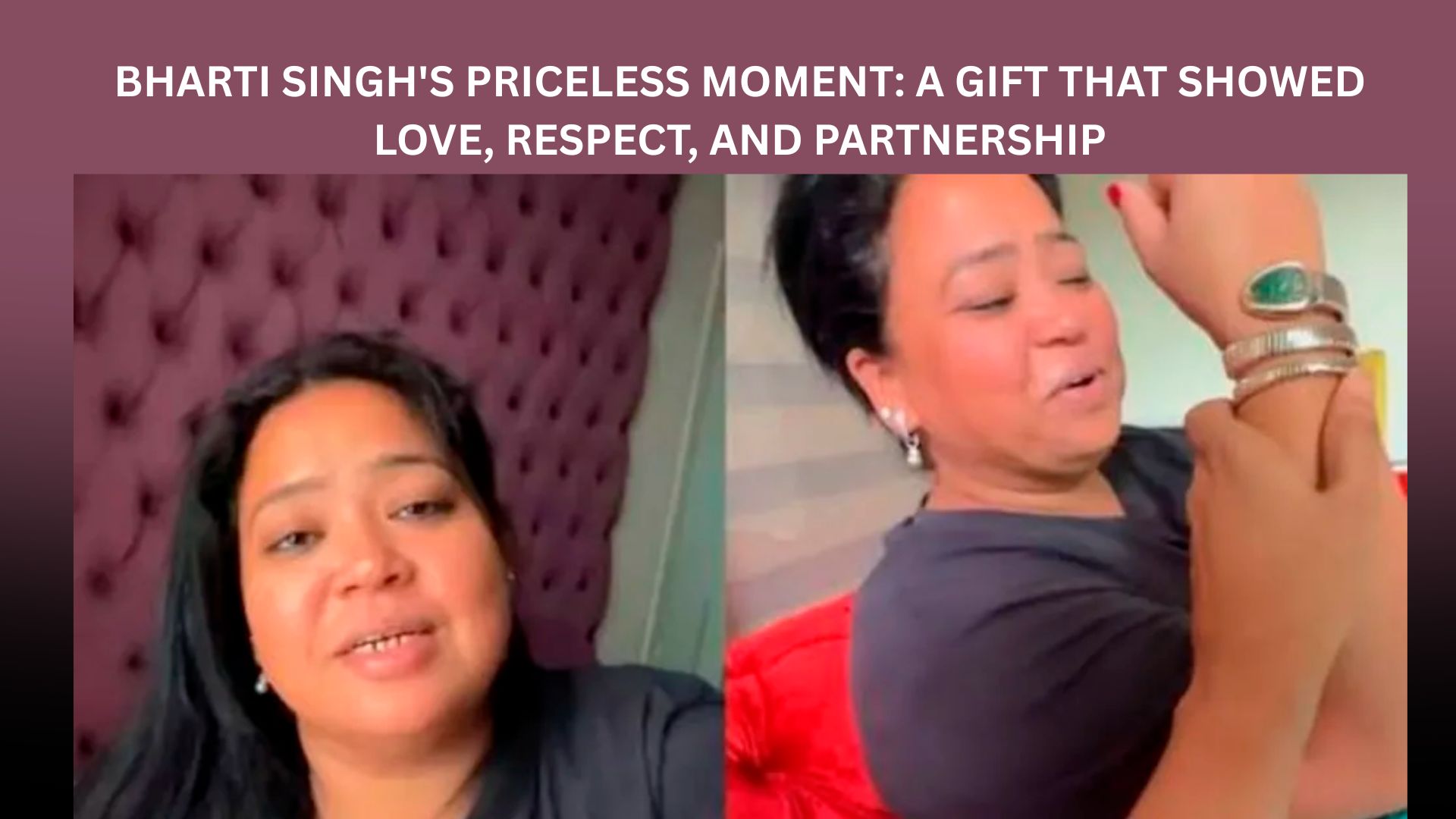From Village to Global Stage: The Artistic Evolution of Swati Sanil Sahu
.png)
Swati Sanil Sahu’s journey from a small village in Gujarat to the global art stage is a testament to her resilience, passion, and dedication. She is a self-taught artist, born in Mumbai and spent her childhood in Gujarat. Uamersadi is a small village in south Gujarat. From an early age, she showed signs of artistic talent. When she was little, her maternal grandparents came and pampered her and gave her the freedom to do anything, her grandparents came from Africa and her grandfather was a retired school principal. Since she was little, she started painting on an earthen pot with bangles and filled colors and Graffiti on a wall with coal.
Despite her early passion for art, Swati did not have the opportunity to attend the prestigious JJ School of Art. Instead, she pursued a MA in Political Science from SNDT College, Churchgate, Mumbai. She has also, attended summer college in New York. League College of Art. 2011 to 2017. She studied sculpture under renowned Artist Mr. Barney Hords.
She is married to Mr. Sanil Sahu, a Chartered Accountant, and the birth of her daughter Shivani marked significant milestones in her personal life. The family moved to Gwalior in 1984, where Swati's artistic and community activities flourished.
Since Swati believes in constant learning, so for the last 2 years she has been learning Intensive PICHWAI art from Award winner Artist Shri Jitendra Sharma from Udaipur semi-precious crushed scene stone colors used in vibrant Pichwai. In Pichwai precious stones crushed and powder as colour.
Struggles and Successes:
In Gwalior, for the betterment of women, she joined an NGO for women uplifting, where she taught underprivileged women about sewing, embroidery, and other art. She also opened the branch of Kitchen Garden, and there are 3000 members now. Her engagement in community service extended to teaching Ikebana and Bonsai, and conducting cooking workshops, inspired by renowned experts Tarla Dalal and Jyoti Parekh.
Swati's artistic journey was initially marked by self-doubt and a tendency to undervalue her work. She often painted for personal satisfaction and gifted her pieces, not realizing their potential value. After some time, they moved to New Delhi in 2000 and she began to take her art seriously. Her participation in the international Avantika Exhibition earned her multiple awards for sculpture, mud panels, and paintings, marking a turning point in her career.
She participated in over 100 exhibitions, including more than 50 group exhibitions and 15 solo shows across India and 20 countries worldwide and exhibitions in cities like New York, Korea (Museum of Art), Dubai, and Warsaw. "National Iconic Women Award" in 2019 by the Infopark Education Society and the prestigious "Indian Icon Award" in 2022 by the Government of India, commemorating her excellence on the occasion of the 73rd Republic Day Celebration. National Iconic Women Award, InfoPark Education society, Chandigarh.
In Gwalior in 1993 she organized a talent show for 3 days for children, called Prayas at BalBhawan. In 1995, she organized an art camp for children at BalBhawan, Gwalior.
She had also written books. Currently, she has written 7 books including a cookbook, an artbook for children, Bal Ramayan, and Bal Natikka. Her book is named pushpRaman Poems Hindi and Krishnarpan Krishna Stories. She had 3 books under publication, she won an award as an Innovative writer and Artist.
She participated in India's prestigious galleries like Habitate Center, JJ School of Art, and State of Art Gallery Hydrabad, Participation in many Art fairs, and Lalit Kala in Kozhikode. Swati Sanil Sahu felt proud when her artwork was selected by the Indian High Commission London organized group Exhibition in London U.K.
Recently her Solo Exhibition was held at Llokayat Art Gallery, Hauz Khas, New Delhi. Her work was also selected for Singapore and the Philippines. Swati is a 4th master Ikebana, an Artist at OHara School Japan at Delhi Chapter.
Rooted in Tradition:
Swati’s works are displayed outside of India too, still, she did not forget her ground roots. Her work is influenced mainly by Indian Culture and Hindu Mythology. Music, particularly Krishna melodies, and chanting, infuse her creative process with a unique energy that reflects in her art.
Swati is grateful to her husband, for supporting her as she was busy with her exhibitions which can even happen late at night. Despite the occasional neglect of home duties due to work pressures, her family’s encouragement has kept her motivated and she keeps moving towards her goals.
She does not only hold exhibitions but also holds a regular workshop for mothers and children, to help them. She teaches various art techniques and promotes skill development, health, and hygiene among underprivileged women. Her community service efforts aim to empower women by providing them with practical skills and knowledge to improve their lives.
Future Goals:
Looking ahead, Swati Sanil Sahu envisions expanding her outreach to guide and inspire more people. She aims to conduct large-scale workshops that focus on education, skill development, and the importance of computer literacy and English proficiency in today’s world. Her goal is to create a platform where art and education converge, fostering a community of empowered individuals who can leverage their skills for a better future.
Conclusion:
At last, Swati urges Indians to support and appreciate art, as these are the ways to preserve our heritage and culture. Support Indian arts and crafts, Handlooms, and handmade arts and crafts.
Her ability to transcend borders through her art and impact lives through community service highlights the profound influence of her work. Swati’s story is one of inspiration, illustrating that with determination and support, one can overcome challenges and achieve greatness.
Swati’s artworks are based on emotions and experiences and they weave around the Indian culture and Hindu mythology, this helps us Indians to show and tell our culture on a global platform. Swati’s vision for the future, grounded in education and empowerment, promises to leave a lasting legacy. As she continues to create, inspire, and uplift, Swati Sanil Sahu stands as a beacon of hope and a testament to the transformative power of art.



